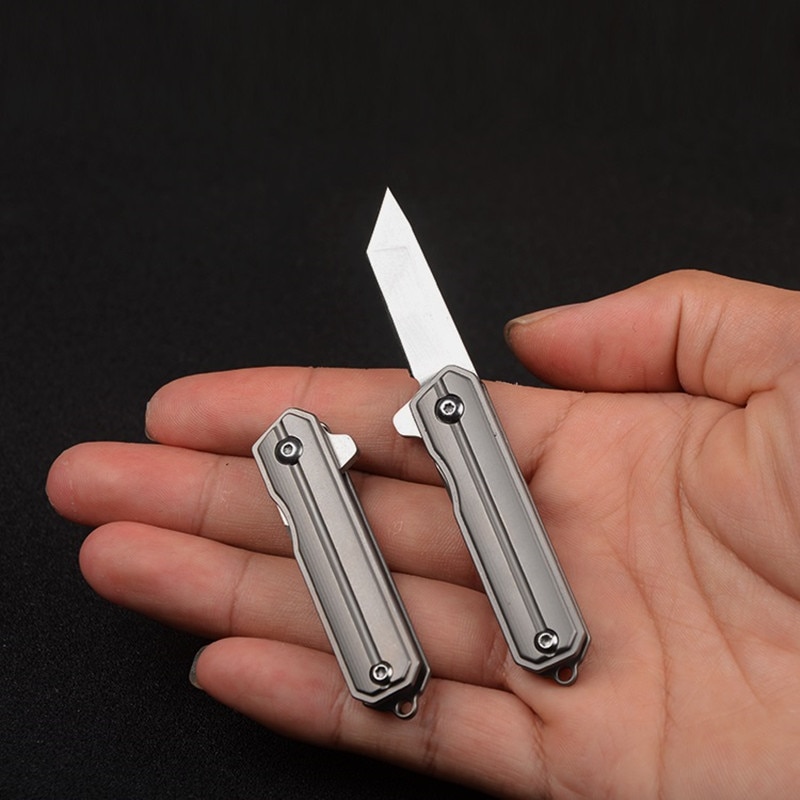
If you are considering applying for the KCPD, then you have a few options when it comes to selecting a training program. You can choose between Recruit training, Professional training, Drivers training, or the Leadership academy. These are the main features of each program. Continue reading to learn how each program could benefit you. Also, discover a few tips to ensure that you get the most out of your training.
Recruit training
To qualify for Kansas City Police Academy recruit training, all interested applicants must take a polygraph examination. The applicant must have a high-school diploma or GED and be at least 21 years of age. To become a citizen and resident of Kansas City, applicants must also meet age requirements. Potential officers must be physically and mentally fit and pass a background check, psychological and medical exam. After completing their training, they will be able to begin serving as a sworn KCPD officers.
The Kansas City Police Academy's 174th officer class is currently training for the field. The Missouri Department of Public Safety's Peace Officer Standards and Training program has certified the academy’s instructors. They have also a background in law enforcement, and have had extensive real-life experience. The Academy requires high levels of dedication to the police profession and recruit training.

Professional training
The Kansas City Police Department provides professional training in a number of fields, including criminal investigations and patrol. The Kansas City Police Department offers many advancement opportunities, and officers start their careers on patrol. There are special units within the department that deal with sex, domestic violence and crimes against children, as well. There are also periodic trainings for the public. Women may be interested in taking the Women Safety Seminar.
The academy's instructors are certified through the Missouri Department of Public Safety's Peace Officer Standards and Training program. This program is intended to help officers obtain the necessary qualifications to serve in law enforcement. To become eligible for academy membership, applicants must apply to a law-enforcement agency. Non-POST applicants are eligible to be employed in full by a police force between the beginning of the Academy and their field training.
Drivers' training
During their first year in the police academy, all new recruits to the KCPD are required to complete 40 hours driver training. This includes classroom instruction as well as supervised road driving. PAL instructors also provide students with information on vehicle registration and insurance. The academy believes strongly in driver training and hopes to see some of its student drivers join the force. But how can new recruits make the most of the experience? Let's explore some ways you can make driving lessons at the KCPD a positive one.
The academy is operated by the Kansas City Police Department. The academy offers continuing education classes as well as driver's training, firearms instruction, and traffic safety training. Non-KCPD personnel may also attend these classes. Training non-KCPD personnel is subject to a fee. More than 1,100 non KCPD participants attended classes in fiscal year 2013 and 2014. The academy also rents its facilities to other law enforcement agencies such as the Jackson County Department of Corrections or the U.S. The Platte County Sheriff's Department has Postal Inspectors OIG.

Leadership academy
In the Leadership Academy at the Kansas City Police Department, officers develop the necessary skills and attributes to be a successful leader. Participants learn leadership skills, communicate well with others and gain valuable insight into the dynamic of law enforcement. They will also be involved in practical exercises that simulate real-world situations to improve their effectiveness as police officers. The academy also helps police officers learn to deal with six common calls for duty.
Arbinger, along with other prominent thinkers, will lead the workshop in Kansas City Police Department. FOP members as well as department heads from the KCPD are among the participants. The workshop is also attended by neutral people. Although it starts off hostile, the atmosphere quickly becomes friendly. Participants stated that they gained a lot of knowledge from the program and are eager to use it in their own work. In the end, the workshop resulted in increased morale, productivity, and motivation for officers. It also helped to improve relations with the community.
FAQ
Which is the best weapon for self-defense and defense?
A knife is the best tool for self defense. Although you may not believe you need a knife to defend yourself, if you are attacked by someone, you will regret it.
You don't need to spend $100 on a folding knife to protect your self. A simple pocketknife will do the job. You can also add additional tools to make sure you are ready for anything.
How do beginners do self-defense?
It's not only for those who have been trained by professionals to defend themselves. It's also important to know how to defend yourself when you are alone. You should learn some basic moves to protect yourself from an attack.
Start by learning basic movements like punching, kicking and kneeing. Then, you can move on to more complex moves like grappling or joint locking.
It is always beneficial to practice what you might encounter in real-life situations. You can use a pillow to practice how to kick someone.
This way, you won't hurt yourself while practicing. Don't hit anything too hard or you might damage something.
What are some easy self-defense moves?
Self-defense methods include punches. They can also include grappling such judo jujitsu karate and taekwondo.
Protect yourself from an attacker who is trying to hurt your feelings with self-defense tactics
They can also be used to defend themselves against another person being attacked.
There are many self-defense methods. Choose the one that is most comfortable for you.
How much does a stun gun cost?
A stun gun ranges in price from $20-$100, depending on the model.
Two batteries are required for most models. The batteries last around three months.
What is the best form of self-defense for women?
Every woman should have pepper spray with her at all costs. If you are ever attacked by someone more powerful than you, you should immediately use the pepper spray. It could save your own life.
Women need to learn how kick effectively. Kicking is a good way to protect yourself against an attacker.
Statistics
- Kung Fu alone has 400 unique martial art styles – and whilst you likely won't be able to find a school for each form, many other martial arts are completely different altogether. (budodragon.com)
- Boxers aren't allowed to fight in a clinch, which is a position that occurs in 80% of the streetfights. (mmaclan.com)
- The Rape, Abuse & Incest National Network reports that 70 percent of sexual violence cases aren't committed by random strangers in a dark alley but by people we know: friends, family, partners, co-workers, etc. (healthline.com)
- In a January 2018 survey of 1,000 women nationwide, 81 percent reported experiencing some form of sexual harassment, assault, or both in their lifetime. (healthline.com)
External Links
How To
How to use pepper spray in self-defense
To make sure that you don’t accidentally spray pepper spray in your face, gloves are the best option. It will prevent accidental discharge.
You should also aim your pepper spray at the eyes. These are the most sensitive areas of the body. If the spray comes in contact with them, it can cause serious damage. Because the spray won't cause any burns, it is best to aim at the nose.
When spraying pepper spray, it is important to keep the canister in your hands. This is because if you drop the canister, it could break open and start spraying everywhere. Once you're ready to fire, slowly squeeze the trigger. Keep the trigger down so that pepper spray doesn't go off.
Pepper spray works best when sprayed directly into the eyes. If you can't reach the eyes, then aim for the nose.
Once the pepper spray hits the mark, the attacker may feel very uncomfortable. He/she might feel nauseated, dizzy, or even dizzy. He/she will likely experience intense itching/burning sensations.
Once the attacker is unconscious, you must quickly get to safety. Don't let him/her get near you again. Call the police immediately.